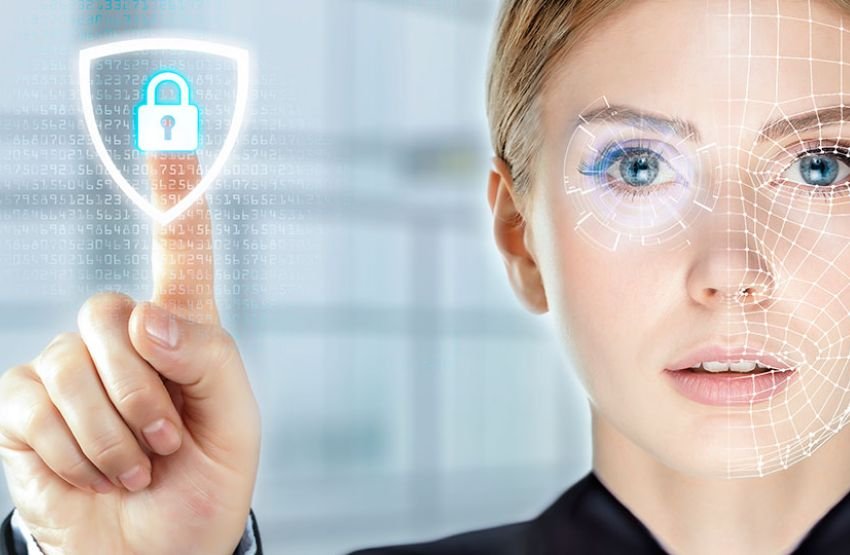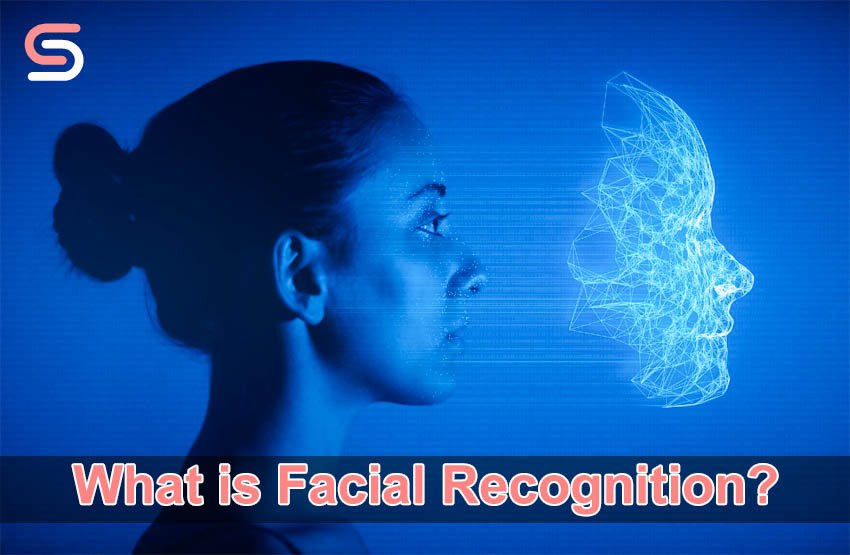Facial recognition techniques have been presented in different domains of our society and are changing the way we inter-cooperate with technology and each other. Identifying the complexities of facial recognition technology and its utilization is practically equivalent to exploring a technology that can perhaps bring about a future characterized by outstanding possibilities and inevitable consequences. This technology functions based on its capability to identify or verify people using their unique and distinct facial features. Such features as the position of the eyes, nose, and mouth eventually make clear the image that gives way to the technology that differentiates people through this process.
What is Facial Recognition?
Facial recognition is a technology that allows either the matching of an individual’s face or the authentication of people’s identities. It analyzes their unique facial features. It is a process in which you take a picture of a person and run the code for identifying the facial features. Then you compare it with the templates stored in the database.
Facial recognition technology becomes the ultimate solution through advanced algorithms and 3D mapping with the help of machine learning. This technology recognizes individuals in different environments, whether through smartphones or in public security settings. It couples an amazing multitude of conveniences and helpfulness with doubts about privacy protection, data safety, and ethical considerations.
How Facial Recognition Works
On commencement, it is simply the capturing of the facial image of an individual through the help of a camera or any other imaging device.
- The image gets analysis that includes the key points of the face features when perceived.
- It analyses carefully and checks in the database, that a similar facial feature is stored.
- Facial recognition systems take advantage of a variety of advanced methods. This includes 3D mapping, and reproducing a more complete face model, to advance towards higher accuracy and veracity.
Machine learning makes an impact in the refinement of the recognition algorithms by the algorithms analyzing and learning vast dataset amounts to improve themselves.

Applications of Facial Recognition
Nowadays, smartphones, tablets, and personal computers widely use facial recognition in their operations. Different industries and sectors have quickly accepted it as a necessity due to its flexibility. Law enforcement and security agencies use it for purposes such as surveillance, identifying suspects, and strengthening border control measures in their operations.
Not only in the field of security is the application of biometric technology being implemented. Airports, train stations, and other public spaces tend mostly to apply facial recognition systems for safety and targeted screenings for potentially bad guys. Clinics and hospitals focus on using it for identification/ confirmation of patients and access to medical information for their administrative tasks.
It might be utilized to improve efficiency. Facial recognition software is vital in various areas where it counteracts the risk of security. It provides convenience and helps in creating a personalized experience.
Nowadays it is widely involved in the operations of smartphones, tablets, and personal computers. It is a replacement for passwords and other personal authentication methods like PINs. Banks and financial services institutions provide authenticity shortcuts and strengthen the security of the measures. Not only do retail environments limit the applications, but every individual can also extend these applications.
Privacy and Ethical Considerations
It will still give rise to numerous objections deliberately targeting privacy and ethics. Although innovators creatively innovate facial recognition technology. The approval and safekeeping of biometric records lead to many concerns about data privacy, safety, and misuse or unauthorized access. There are also questions about the accuracy and neutrality of the systems of this technology. It might be biased against persons with different skin colors and backgrounds.
Researchers have brought to light the possibility of matters of prejudice and fallibility in face recognition algorithms and adoption. As several studies have demonstrated the pattern of bias in facial recognition technology on the grounds of race, gender, and age, they have become a source of undue pressure for one or more groups in particular.
Benefits of Facial Recognition
Facial recognition technology offers several benefits across different sectors:
Enhanced Security
Advanced facial recognition assures additional safety features which include the correct and speed identification of the people. Law enforcement uses identity management. It is used in border control and access control systems to keep out unauthorized access and spot potential crime.
Convenience and Efficiency
Biometrics with the most advanced facial recognition systems replace passwords or key cards offering a more comfortable and quick means of accessing devices, applications, and secured points. Simply opening one’s face for authentication enables users to utilize it, bringing a higher level of convenience.
Improved Customer Experience
Facial recognition technology facilitates a higher level of personalization in the customer experience ground. It enables companies to customize their product lines, service offerings, and marketing campaigns according to the segments they are aiming at. It provides consumers with more satisfaction thereby building up loyalty.
Streamlined Processes
Facial recognition is a tool to streamline the processes in sectors like health and banking. It eliminates the need for many patient and customer identification documents. It reduces the amount of paperwork and other administrative burdens. HCR makes available patient records in a better and faster way. It improves the quality of healthcare delivery and the state of affairs at health facilities.
Innovative Applications
Facial recognition technology excites the creative thinker and captures the imagination of the minds that explain the many applications of such technology across industries.
Conclusion
Facial recognition technology is an outstanding digital forensics progress in the area of biometric identification. It provides for a great scope of innovation and ease of use. People have several questions about the privacy, security, and ethics of these devices. Data collection, algorithm de-biasing, and secure use of such technologies are all vital aspects. They are worth considering to facilitate the safe use. It is important to promote trustworthy rules that address future possible issues related to the use of facial biometrics. Protection of individual rights and security should be the realistic target.

